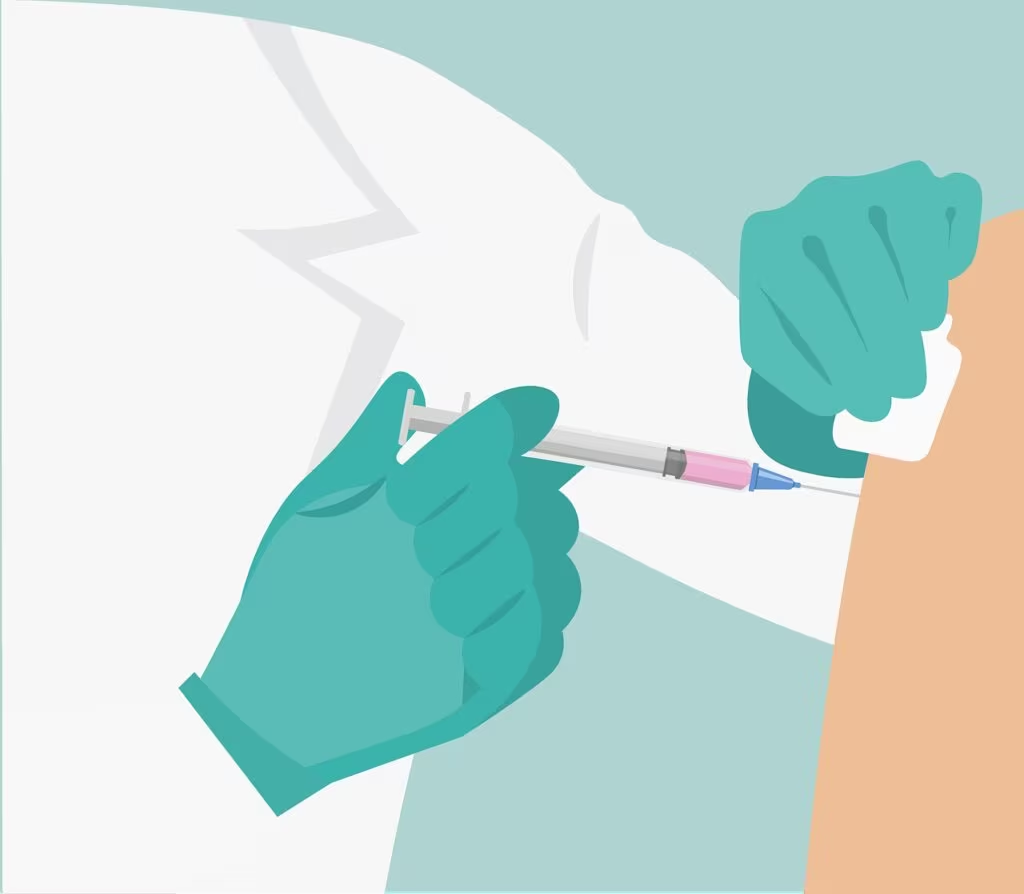Unprecedented Sample Shortage Complicates 2026 Flu Vaccine Formulation
Public health officials and virologists worldwide are facing a critical challenge in preparing for the 2026 influenza season: a severe, unprecedented shortage of viral samples needed to accurately predict the dominant flu strains. This deficit, a direct consequence of the global public health measures implemented during the COVID-19 pandemic, raises concerns that the upcoming flu shot may not achieve its typical level of effectiveness.
Every year, the process of formulating the seasonal flu vaccine relies on analyzing thousands of influenza samples collected from patients across the globe. These samples are crucial for tracking the virus’s constant evolution—a phenomenon known as antigenic drift—and for selecting the three or four strains most likely to circulate in the Northern Hemisphere.
However, the sustained efforts to curb COVID-19 transmission, including widespread masking, social distancing, and severe restrictions on international travel, successfully suppressed the circulation of influenza for two consecutive years. While this was a public health victory against the flu in the short term, it has created a massive data gap for scientists attempting to forecast the 2026 season’s viral landscape.
The Delicate Science of Flu Strain Selection
Developing the annual influenza vaccine is a complex, high-stakes prediction game managed by the World Health Organization (WHO) and its extensive network of collaborating centers, including the U.S. Centers for Disease Control and Prevention (CDC). This process must be completed months in advance to allow manufacturers time to produce hundreds of millions of doses.
The Global Surveillance System
The WHO’s Global Influenza Surveillance and Response System (GISRS) is the backbone of this effort. It relies on laboratories in over 100 countries to collect, analyze, and share data on circulating flu viruses. Typically, the CDC receives several thousand samples annually to analyze their genetic makeup and antigenic properties.
Based on this massive data flow, experts meet twice a year—once in February for the Northern Hemisphere vaccine and once in September for the Southern Hemisphere—to make the critical decision on which strains to include in the next season’s shot.

The Impact of Viral Suppression
When COVID-19 measures were at their peak, influenza almost vanished in many regions. This suppression meant that the flu strains that did circulate did so in isolated pockets, making them difficult to capture and analyze. The result is a significantly reduced pool of recent, relevant data for the 2026 prediction cycle.
“We are essentially flying blind compared to previous years,” noted a leading epidemiologist involved in the surveillance effort. “We have fewer data points to plot the evolutionary trajectory of the virus, which increases the risk of a vaccine mismatch.”
Increased Risk of Vaccine Mismatch
The primary concern stemming from the lack of samples is the heightened risk of a vaccine mismatch. This occurs when the strains selected in February for inclusion in the vaccine do not match the strains that ultimately dominate the winter season.
In a typical year, the flu vaccine is generally 40% to 60% effective at preventing illness. While a mismatch doesn’t render the vaccine useless—it often still provides protection against severe disease and hospitalization—it significantly lowers the efficacy against infection.
Why the Data Gap is Dangerous
Virologists are worried about two main scenarios due to the reduced surveillance data:
- Emergence of Novel Strains: A strain that was circulating at very low levels in an isolated region during the pandemic could suddenly emerge and become dominant, completely surprising the surveillance network. Without prior samples, this strain would not be included in the vaccine.
- Rapid Antigenic Drift: The strains that were circulating might have undergone rapid genetic changes (drift) in the absence of broad population immunity, making the older reference strains used for vaccine production obsolete.

Public Health Implications and Expert Response
Despite the challenges, experts emphasize that the situation is being managed with the highest level of scrutiny. The WHO and CDC are leveraging every available tool to compensate for the data deficit.
Mitigation Strategies
- Enhanced Genomic Sequencing: Surveillance centers are prioritizing the genomic sequencing of every available sample, extracting maximum information from limited data points.
- Modeling and Simulation: Increased reliance on advanced computational models to simulate potential evolutionary pathways of the virus, attempting to forecast future dominant strains based on historical patterns and limited current data.
- Global Collaboration: Intensified communication between international labs to ensure rapid sharing of any newly detected strains, particularly those showing signs of rapid evolution.
The Unwavering Recommendation: Get Vaccinated
Even with the potential for reduced efficacy, public health officials are unanimous: vaccination remains the single most important defense against influenza.
Key reasons to get the 2026 flu shot:
- Protection Against Severity: Even if the vaccine is mismatched, it often provides significant cross-protection against severe illness, hospitalization, and death.
- Reducing Dual Burden: Preventing flu cases is vital to reduce the strain on healthcare systems, especially as COVID-19 continues to circulate.
- Any Protection is Better: A partially effective vaccine is vastly superior to no protection at all.
Key Takeaways for the Public
As preparation for the 2026 flu season ramps up, here are the essential points the public needs to understand about the upcoming vaccine:
- The Challenge is Real: The COVID-19 pandemic inadvertently created a data crisis for flu experts, making the prediction of the dominant 2026 strains significantly harder.
- Risk of Mismatch: There is an elevated risk that the vaccine formulation chosen in February 2025 might not perfectly match the strains circulating during the 2026 winter.
- Efficacy vs. Protection: Even if efficacy against infection is lower, the vaccine is still expected to offer strong protection against severe outcomes.
- Expert Consensus: Health authorities, including the CDC, strongly recommend that everyone eligible receive the flu shot when it becomes available in the fall of 2025, regardless of the uncertainty surrounding its formulation.
The difficulty in formulating the 2026 flu vaccine serves as a stark reminder of the interconnectedness of global health surveillance and the unintended consequences of pandemic control measures. While the suppression of influenza was beneficial in the short term, the resulting data vacuum highlights the fragility of the annual prediction process.
Health systems and vaccine manufacturers are proceeding with the best available information, relying on the expertise of global virologists. For the public, the message is clear: the flu vaccine is a critical tool in managing respiratory illness, and its benefits—particularly in preventing severe disease—far outweigh the risk of potential reduced efficacy. Staying vigilant and adhering to vaccination schedules will be essential for navigating the complex viral landscape of the post-pandemic era.

Original author: Jonathan Lambert
Originally published: November 7, 2025
Editorial note: Our team reviewed and enhanced this coverage with AI-assisted tools and human editing to add helpful context while preserving verified facts and quotations from the original source.
We encourage you to consult the publisher above for the complete report and to reach out if you spot inaccuracies or compliance concerns.

